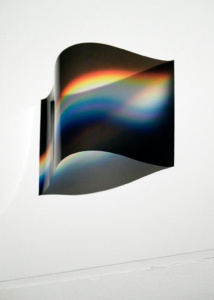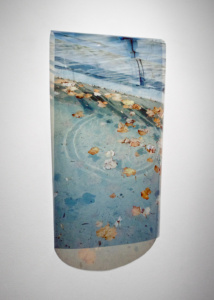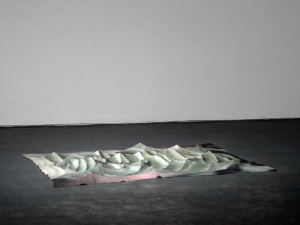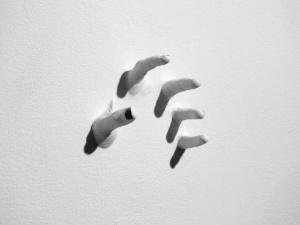The Space Between: Mireille Eagan on Steven Beckly’s : ‘A tender touch can bend the straightest of things’
The Space Between
A response to Steven Beckly’s : ‘A tender touch can bend the straightest of things’ at Eastern Edge
Mireille Eagan
In “A tender touch can bend the straightest of things,” Beckly provides a poetic consideration of desire and intimacy. He investigates the peculiar space embodied by a touch — an act that eases the division between two bodies. However long or short, however constrained or charged, a touch is a union during which there is always a physical barrier. Beckly situates his art within this paradoxical space by confounding the categories of subject and object.
Move toward the horizon and it slides away. It remains a distant line that can never be touched, except perhaps when caressing a photograph of it. By rendering a distant thing close through the act of photography, Steven Beckly reveals that a line can flex, a fixed form can shift. Photography is often associated with the act of documentation, of reinforcing the photographer, and the viewer, as distanced observers. For Beckly, it is a way to become closer. He only photographs people whom he knows well, approaching the act as a form of caress. Working primarily in silk and transparent film, the photographic surface becomes a sensual document. Beckly folds and deforms the final object to reveal its own subjectivity — its unique materiality. His works massage the rigidity of frames — they sag, bend, and cast shadows.
Beckly then shifts attention outward, to the space the works inhabit. Eastern Edge Gallery’s architecture is a patchwork record of its former histories — not only as a former warehouse, but also its accumulations of exhibitions and visitors that have left their marks. Beckly evokes the gallery’s metaphorical scars and particular characteristics — its scrapes, holes, floors, walls, and doors. His treatment of works within the space causes shifts between subtle and literal. The act of touching is made straightforward with the reoccurrence of plaster fingers that probe and distort the surfaces of works, or evoke reaching out from the walls themselves. In other cases, the use of codes, a language that is enfolded into queer history, describes a story in abstraction. A closet door, for example, becomes both a frame and a symbol for a space that has often been associated with queer shame and loneliness.
Beckly’s works therefore offer a starting point for reconsidering a medium’s specific language, providing an affective experience that marks a larger regime change in contemporary art. In adopting aesthetic approaches that both ask the viewer to step back, and draw them closer, Beckly is part of a return to an emotional, affective aesthetic in contemporary art. His objects produce new experiences for the viewer’s relation with materials rather than reinforcing entrenched language. If we follow his lead, if we can explore more broadly and poetically the experience of touching, we move from an aesthetic language that equates detachment with understanding, and feeling with crude sentimentality.
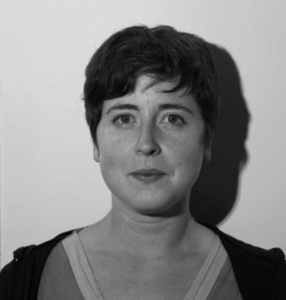 –Mireille Eagan is the Curator of Contemporary Art at The Rooms Provincial Art Gallery in St. John’s, Newfoundland and Labrador. She was Curator of Canadian Art from 2011 to 2013.
–Mireille Eagan is the Curator of Contemporary Art at The Rooms Provincial Art Gallery in St. John’s, Newfoundland and Labrador. She was Curator of Canadian Art from 2011 to 2013.
Eagan has written for several catalogues, magazines, and newspapers such as Border Crossings, canadianart.ca, C Magazine, [here] magazine,Inuit Art Quarterly, The Overcast, and Visual Arts News.
